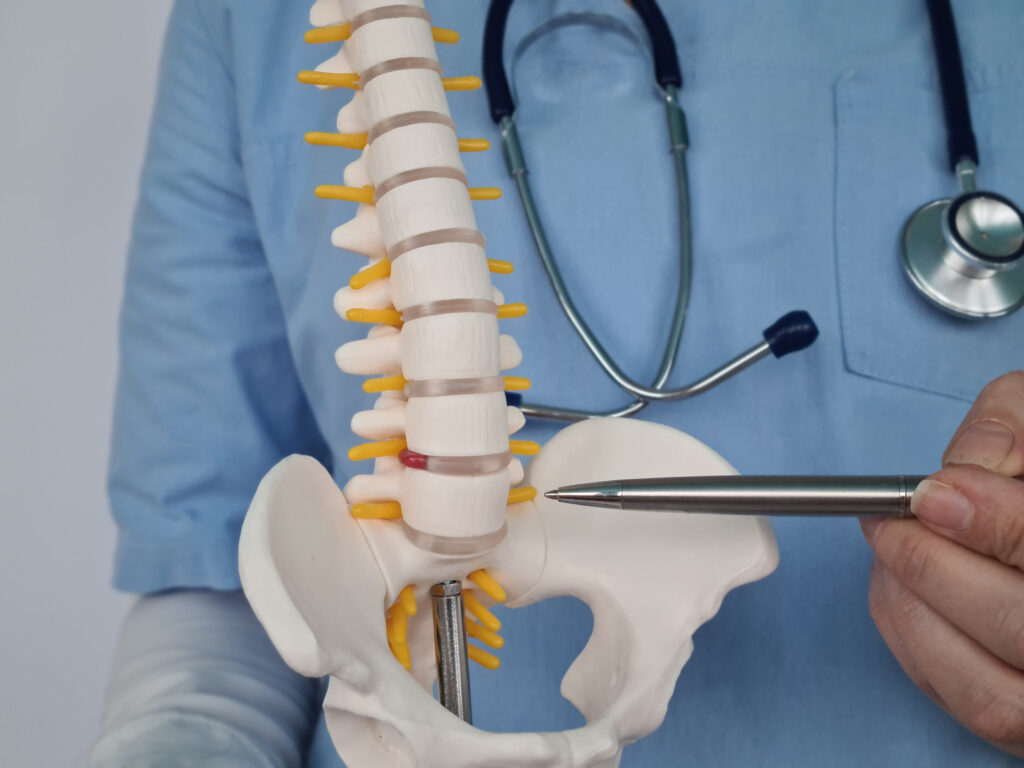Spinal fusion has long been regarded as the ultimate solution for patients suffering from severe disc degeneration. As the field of regenerative medicine evolves, bone tissue engineering has emerged as a promising strategy to enhance intervertebral bone growth and improve fusion outcomes. A recent study led by Taowen Guo and his colleagues delves into innovative approaches utilizing graphene oxide (GO) and methacrylated gelatin (GelMA) to create composite hydrogel scaffolds aimed at addressing these clinical challenges.
The researchers focused on the preparation of GelMA/GO composite hydrogel scaffolds with varying concentrations of graphene oxide. Through detailed characterization of these scaffolds, they discovered that the composite containing 1.2 mg/mL GO exhibited the most favorable overall performance. This particular formulation was selected for subsequent experiments, setting the stage for deeper exploration into its potential applications.
To further enhance the osteogenic properties of the scaffolds, the team incorporated different concentrations of bone-forming peptide-1 (BFP-1) into the GelMA/GO composite. The coculture of these scaffolds with bone marrow mesenchymal stem cells (BMSCs) yielded promising results. Notably, the scaffolds containing 0.4 mg/mL BFP-1 significantly stimulated the BMSCs to produce higher levels of alkaline phosphatase (ALP) and mineralized matrix, markers indicative of enhanced bone formation.
Building on these findings, the researchers investigated the GelMA/GO@BFP-1 composite scaffold in greater detail. The results were compelling, demonstrating that this advanced scaffold not only promoted ALP production and mineralized matrix formation but also significantly enhanced the expression of key osteogenesis-related genes and proteins, including ALP, Runx-2, osteocalcin (OCN), and osteopontin (OPN). These outcomes suggest that the GelMA/GO@BFP-1 complex plays a crucial role in facilitating the osteogenic differentiation of BMSCs, indicating its potential as a viable bone implant to improve intervertebral bone fusion.
The authors of this groundbreaking study, including Taowen Guo, Shifan Lin, Le Zou, Guoliang Zhang, Jiaqi Long, Zhiping Zhang, and Shan Wang, hail from esteemed institutions such as The Third Affiliated Hospital of Nanchang University and The First Hospital of Nanchang in Jiangxi, China. Their collaborative efforts underscore the importance of interdisciplinary research in advancing the frontiers of bone tissue engineering.
As we look to the future, the implications of this research are significant. The integration of innovative materials like graphene oxide and bioactive peptides into scaffold designs could revolutionize the way we approach spinal fusion and other orthopedic challenges. By enhancing the regenerative capabilities of bone implants, we may pave the way for improved patient outcomes and recovery times, ultimately transforming the landscape of orthopedic surgery.


